Exploring Guardrail End Terminal Types
Guardrails are indispensable elements of roadway safety infrastructure, designed to mitigate the severity of accidents and protect drivers and passengers. However, the effectiveness of guardrails significantly depends on the type of end terminal used. In this article, we’ll delve into the various guardrail end terminal types, their functionalities, and their importance in enhancing road safety.
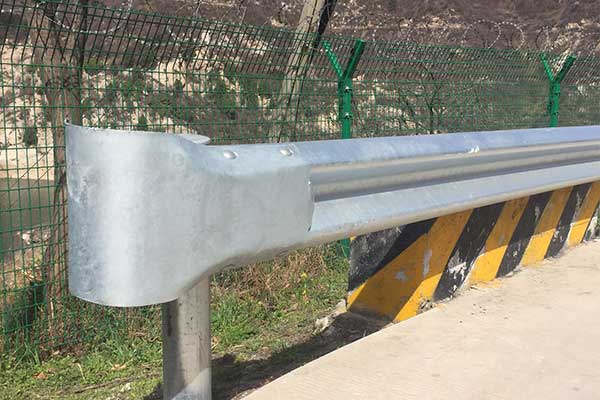
Understanding Guardrail End Terminals:
Guardrail end terminals are crucial components installed at the ends of guardrails to provide a gradual transition from the rigid rail to the roadside environment. Their primary purpose is to absorb and dissipate the kinetic energy of a crashing vehicle, thereby reducing the risk of severe injuries and fatalities.
Types of Guardrail End Terminals:
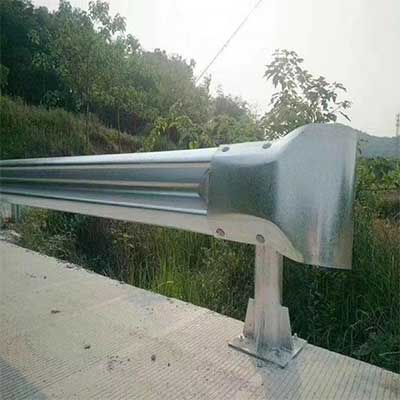

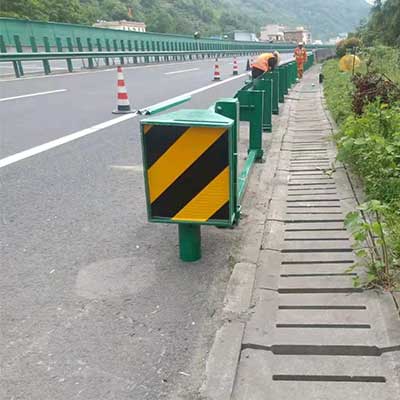
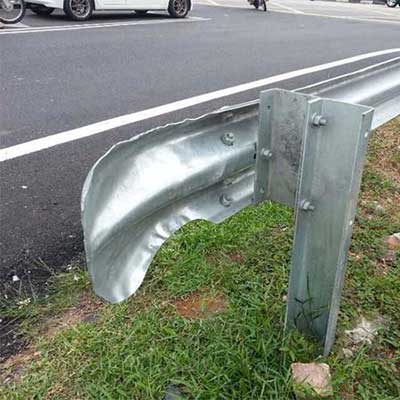
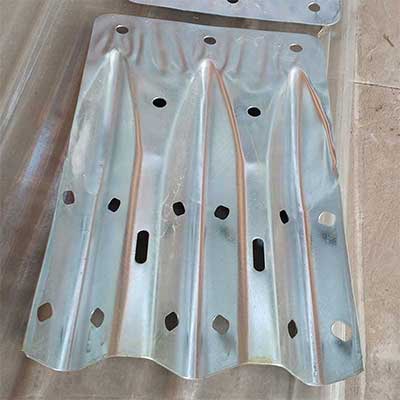
1. Bullnose End Terminals:
- Bullnose end terminals feature a rounded, blunt end designed to redirect errant vehicles away from hazards.
- They are effective in reducing impact forces by smoothly guiding the vehicle along the guardrail.
2. Energy-Absorbing End Terminals:
- These terminals are engineered to deform upon impact, absorbing the kinetic energy of the vehicle.
- Common energy-absorbing designs include tension-based systems and crushable elements.
- Energy-absorbing terminals are highly effective in reducing the severity of crashes and minimizing damage to vehicles and occupants.
3. Flared End Terminals:
- Flared end terminals are characterized by their angled design, which directs impacting vehicles away from the end of the guardrail.
- They are particularly suitable for installations where space is limited, providing a compact yet efficient solution.
4. Fishtail End Terminals:
- Fishtail end terminals feature a distinctive fishtail-shaped design that redirects errant vehicles away from the end of the guardrail.
- They are effective in dissipating energy and reducing the severity of crashes, especially in low-speed environments.
5. Bridge End Terminals:
- Bridge end terminals are specifically designed for guardrails installed on bridges, where space constraints and structural considerations may differ from standard roadside installations.
- These terminals provide a seamless transition between the guardrail and the bridge structure, ensuring optimal safety for motorists.
Importance of Choosing the Right End Terminal:
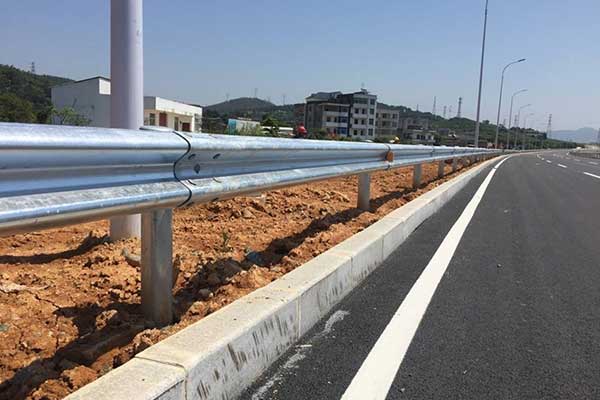
Selecting the appropriate guardrail end terminal is crucial for optimizing roadway safety. Factors such as traffic volume, speed limits, roadside conditions, and crash history should be considered when determining the most suitable guardrail end terminal type. Additionally, compliance with relevant safety standards and guidelines is essential to ensure effectiveness and reliability.
Benefits of Effective Guardrail End Terminals:
- Enhanced Safety: Properly designed and installed end terminals significantly reduce the risk of severe injuries and fatalities in roadside crashes.
- Reduced Property Damage: By absorbing and dissipating kinetic energy, effective end terminals minimize damage to vehicles and adjacent infrastructure.
- Cost Savings: Investing in high-quality end terminals can result in long-term cost savings by reducing the frequency and severity of roadway accidents.
- Regulatory Compliance: Adhering to safety standards and regulations ensures legal compliance and promotes public confidence in transportation infrastructure.
Conclusion:
Guardrail end terminals play a critical role in safeguarding road users and minimizing the impact of roadside collisions. By understanding the different types of terminals and their functionalities, transportation authorities can make informed decisions to enhance roadway safety. Investing in effective end terminals not only saves lives but also contributes to the overall efficiency and sustainability of the transportation network.

